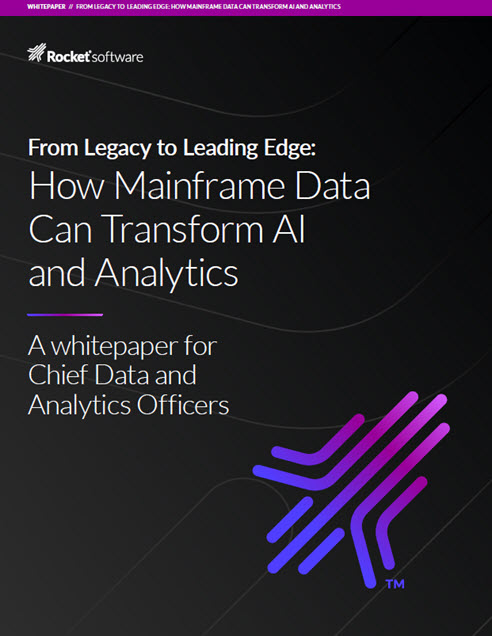 In this special guest feature, Grant Ingersoll, Founder and CTO of Lucidworks, discusses how machine learning is helping companies manage big data and make sense of it for their customers and employees. With smarter search tools, business leaders can more quickly retrieve information and deliver a better user experience for customers. Here are 5 ways that machine learning is powering more intuitive enterprise search. Grant is an active member of the Lucene community. He is a Lucene and Solr committer, co-founder of the Apache Mahout machine learning project, and a longstanding member of the Apache Software Foundation. Grant’s prior experience includes work at the Center for Natural Language Processing at Syracuse University in natural language processing and information retrieval. Grant earned a B.S. from Amherst College in math and computer science and an M.S. in computer science from Syracuse University. Grant is also the co-author of Taming Text from Manning Publications.
In this special guest feature, Grant Ingersoll, Founder and CTO of Lucidworks, discusses how machine learning is helping companies manage big data and make sense of it for their customers and employees. With smarter search tools, business leaders can more quickly retrieve information and deliver a better user experience for customers. Here are 5 ways that machine learning is powering more intuitive enterprise search. Grant is an active member of the Lucene community. He is a Lucene and Solr committer, co-founder of the Apache Mahout machine learning project, and a longstanding member of the Apache Software Foundation. Grant’s prior experience includes work at the Center for Natural Language Processing at Syracuse University in natural language processing and information retrieval. Grant earned a B.S. from Amherst College in math and computer science and an M.S. in computer science from Syracuse University. Grant is also the co-author of Taming Text from Manning Publications.
Machine learning is helping companies manage big data and make sense of it for their customers and employees. With smarter search tools, business leaders can more quickly retrieve information and deliver a better user experience for customers. Here are 5 ways that machine learning is powering more intuitive enterprise search.
1. Customers and employees can ask questions conversationally
Knowing what to type into the search bar to pull out the data you want shouldn’t be so difficult. With machine learning components such as natural language processing, users can type conversational questions and enterprise applications are able to interpret the query – based on success from past searches – to deliver the most relevant, accurate information. With NLP you don’t have to be fluent in “search engine speak.” You can say what you mean!
2. Get the data-backed responses decision makers are looking for
Enterprises are good at collecting data, but organizing that data into intelligible, valuable insights is still relatively inefficient. Natural language generation (NLG) is the process of parsing through these collected reserves of data to produce “humanized” insight that’s easier to understand. Examples of NLG application include generating financial reports, tracking trends in data sets, even automating news coverage .
3. Make search smarter over time
Machine learning components are able to aggregate and learn from data input across channels – email, Slack, calendar, etc. – to better predict which data sources will best answer your query. The more user experience data these companies can gather, the more quickly they can adjust and improve search applications. This means that not only is data valuable because of the insights it provides post-analysis, it’s also making the system perform better over time.
4. Anticipate user needs
Enterprises can use machine learning to decide which data, information, and news is best to proactively push out to users. It’s not just for ecommerce, “You bought this, you’ll like this” suggestions; by learning from users search queries and behaviors, applications can track user behavior to troubleshoot issues and anticipate what content users will be looking for next.
5. Save time
Employees are regularly interrupted from their work to go dig for company information and files. Smarter search makes workflow more efficient. This is especially important in customer service where being able to access the right files faster means more efficient workflow and a better experience for customers looking for help.
Machine Learning is making access to enterprise data faster, smarter and more accurate to help companies reap the value of their big data through more efficient search.
Sign up for the free insideAI News newsletter.



